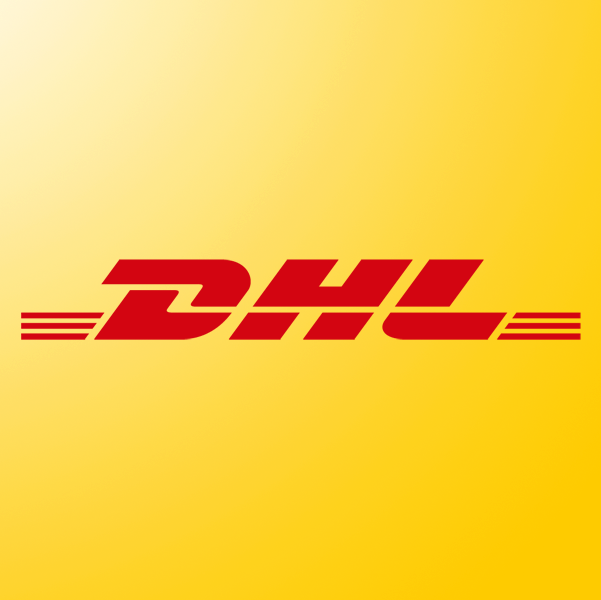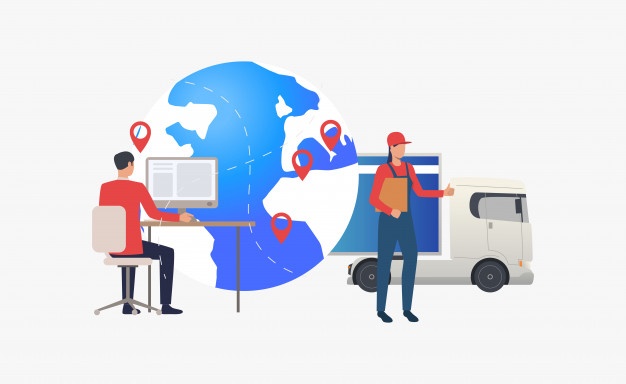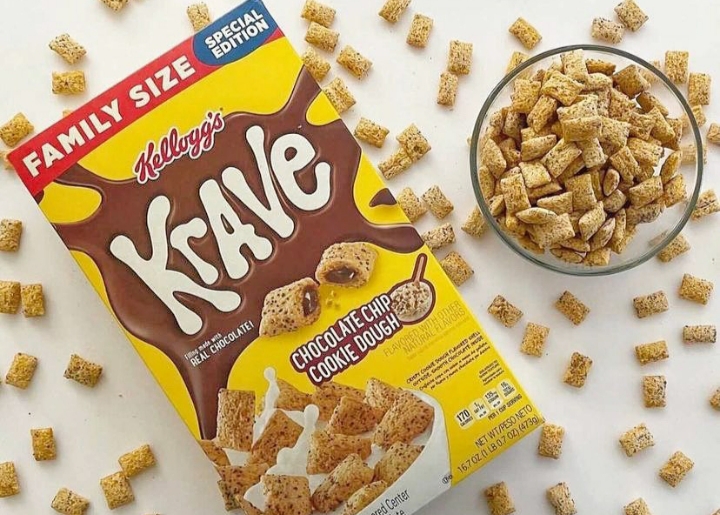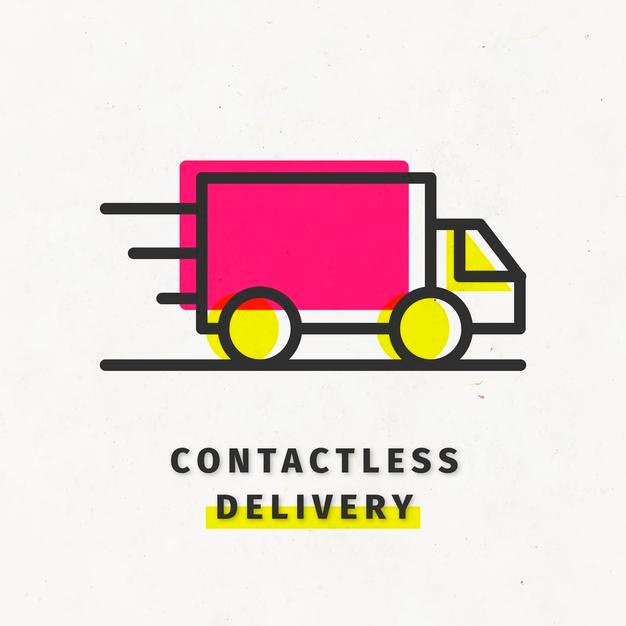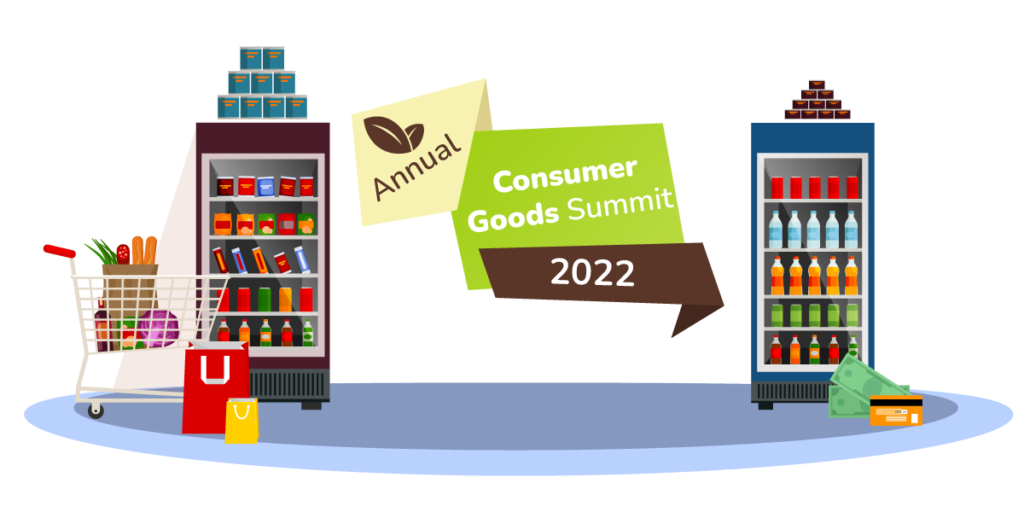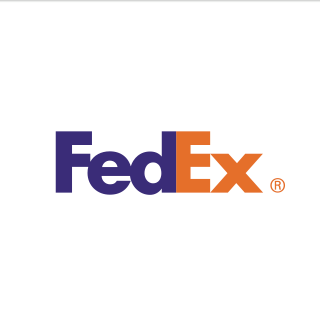
FedEx teams up with Aurora Innovation to launch its first self-driving trucks
FedEx has teamed up with Aurora Innovation Inc. to move it’s Texas’ cargos using newly launched technology of self-driving trucks. These trucks would be able to carry multiple loads in a week between Dallas and Houston featuring a safety driver behind the wheels and a co-pilot in the passenger’s seat. These vehicles would consequently help FedEx to keep up with the severe driver shortage and cut costs. Besides, by the end of 2023, Aurora plans to launch autonomous commercial trucks and robotaxis that won’t need safety drivers or co-pilot.


